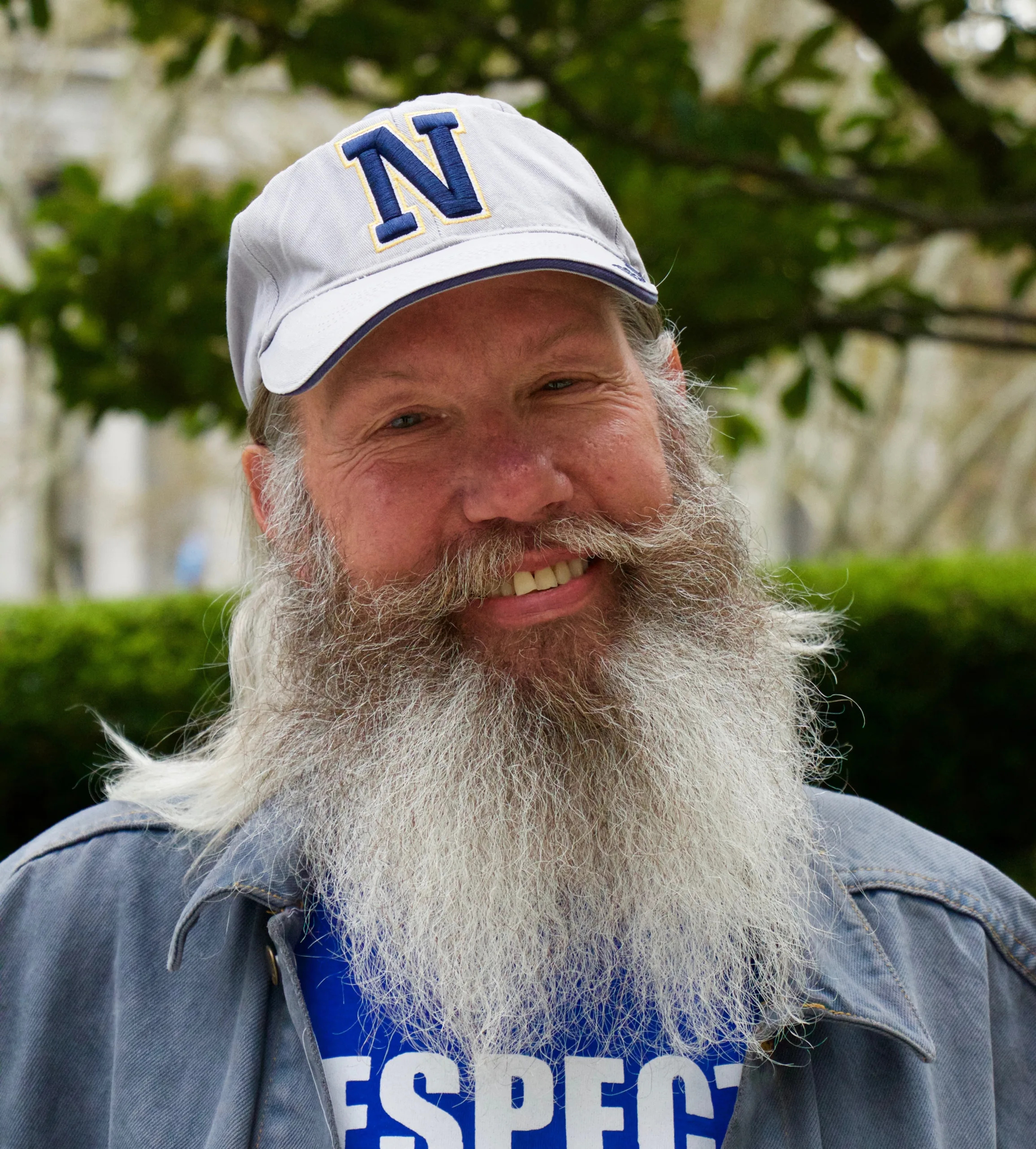Keith Allen Harward

After the Virginia Supreme Court granted a writ of actual innocence, Keith Allen Harward walked out of a Virginia prison on April 8, 2016, after wrongly serving more than 33 years of a life sentence for a rape and murder he did not commit.
Harward, who narrowly escaped the death penalty, was convicted primarily on the testimony of two forensic dentists who said that Harward’s teeth matched marks left on the rape victim. During the course of his prosecution 6 forensic dentists falsely claimed that Harward’s teeth matched a bite mark on one of the victims. New DNA evidence definitively proved Harward’s innocence and pointed to Jerry Crotty as the real assailant.
Harward was convicted of a 1982 rape and murder in Newport News, Virginia. The assailant broke into a home of a couple, killing a man and raping his wife. During the course of the attack, the assailant bit the wife’s legs repeatedly. The wife, who was never able to identify Mr. Harward as the man who attacked her, told police that he was wearing a sailor’s uniform. A dentist reviewed the dental records of Marines stationed to the USS Carl Vinson at the time and initially excluded Harward. He became a suspect six months later after his then-girlfriend reported to police that he had bitten her in a dispute.
At trial, the prosecution rested mainly on the testimony of two forensic dentists, Lowell Levine and Alvin Kagey, who claimed that Harward’s teeth matched photos of the bite mark left on the female victim. Levine is known as one of the foremost experts in forensic bite mark analysis and has served as President of the American Academy of Forensic Sciences, the Forensic Sciences Foundation and the American Board of Forensic Odontology. The other evidence against Harward at trial consisted mainly of the testimony of a security guard who claimed to have seen Harward enter the shipyard with a bloody uniform in the early morning after the attack. The Innocence Project later learned that the security guard’s identification occurred only after the witness was placed under hypnosis, a practice that is now known to be highly unreliable.
Despite testifying in his own defense and presenting evidence he didn’t match the victim’s description, Harward was convicted of capital murder but was spared the death penalty by the jury. His conviction was reversed in 1985 because of an issue regarding how the capital murder statute should be interpreted. He was retried and convicted again in 1986 but was no longer eligible for the death penalty under Virginia law. At the second trial, the prosecution argued that Harward could not be excluded as a source of blood evidence recovered on crime scene evidence, but the Innocence Project subsequently learned that the blood evidence did in fact prove that Harward’s blood type did not match blood recovered on the evidence.
The Innocence Project performed DNA testing on the rape kit and numerous other pieces of crime scene evidence. The testing excluded Harward and identified Jerry Crotty as the person responsible for committing the crime. Crotty, who is now deceased, had a violent criminal record and was a sailor on the USS Carl Vinson at the time of the crime.
Throughout his prosecution, six bite marks analysts agreed that marks found on the victim matched to Harward. In addition to the two who testified at trial, the two defense lawyers who represented Harward in his trials asked forensic dentists to review the evidence, and both dentists agreed that the marks matched to Harward.
Harward is at least the 25th person to have been wrongfully convicted or indicted based at least in part on bite mark evidence. Despite the fact that for decades courts have permitted forensic dentists to testify in criminal trials, there is a complete lack of scientific support for claims that a suspect can be identified from an injury on a victim’s skin. This was noted in the National Academy of Science’s groundbreaking 2009 report, Strengthening Forensic Science in the United States: A Path Forward, which found, “no evidence of an existing scientific basis for identifying an individual [through bite mark comparison] to the exclusion of all others.”
After hearing from leading experts on the reliability of bite mark evidence, in February 2016 the Texas Forensic Science Commission recommend that the state issue a moratorium on the use of bite mark analysis in prosecutions throughout the state. The American Board of Forensic Odontologist has even recently changed its guidelines to acknowledge that the technique cannot be used to identify a person as the biter.
Feature in the Netflix Series “The Innocence Files”
Harward is one of eight people whose story is in the Innocence Project-inspired Netflix docuseries “The Innocence Files” now available for streaming.

Time Served:
33 years
State: Virginia
Charge: Murder, Sexual Assault
Sentence: Life in prison
Conviction Date: 09/19/1982
Exoneration Date: 04/08/2016
Contributing Causes of Conviction: Eyewitness Misidentification, Unvalidated or Improper Forensic Science
Death Penalty Case: No
Status: Exonerated by DNA
Alternative Perpetrator Identified: Yes
Type of Crime: Homicide-related, Sex Crimes
Forensic Science at Issue: Bite Mark Analysis